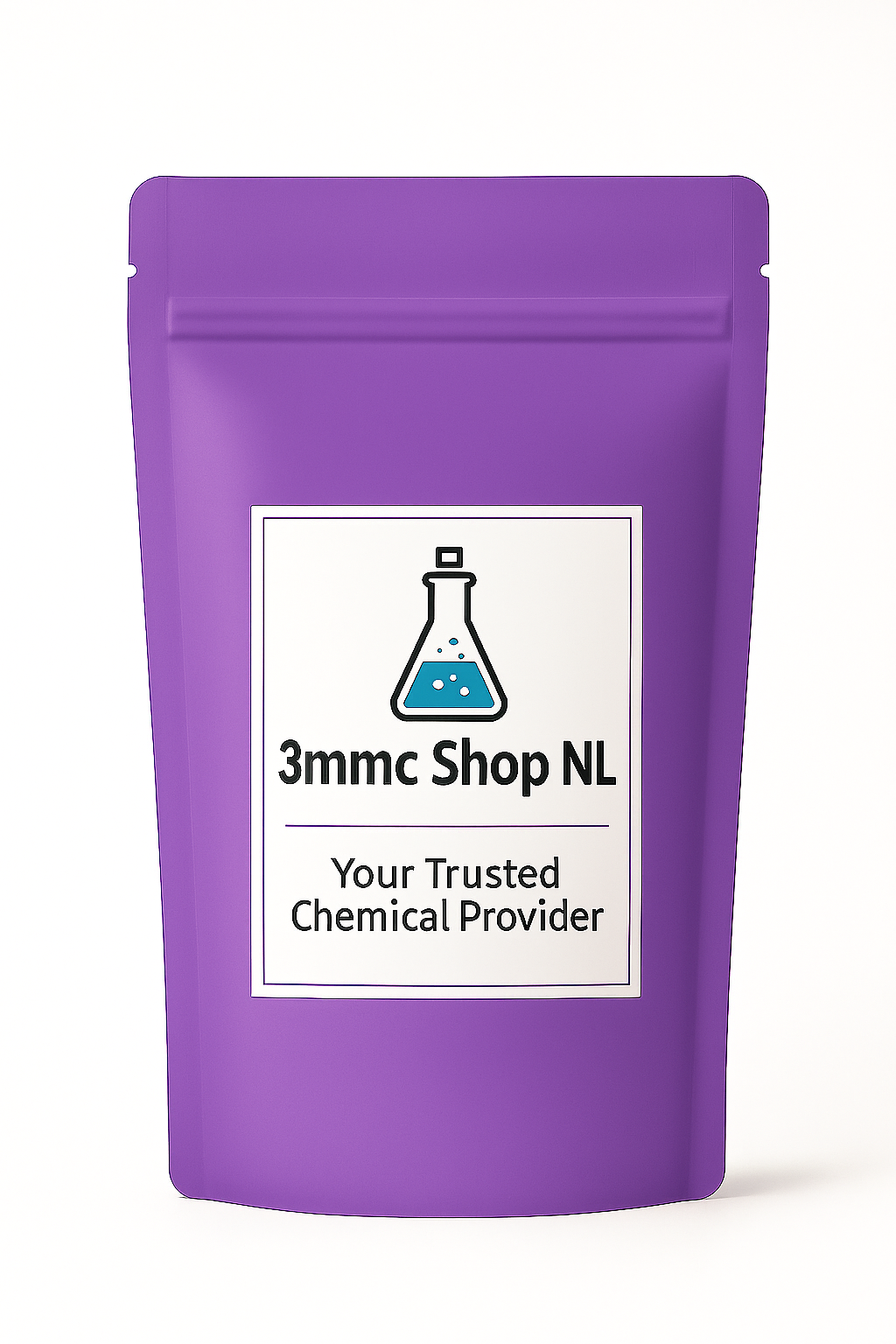GW-501516 (Cardarine) Capsules
€38.00
| Feature | Details |
|---|---|
| Brand | 3MMC Shop NL |
| Composition / Ingredients | GW-501516 (Cardarine) ≥99% purity |
| Concentration / Volume | Capsules, precise dosing per capsule |
| Duration of Effects | Dependent on laboratory protocol |
| Indications / Usage Areas | Metabolism studies, endurance research, molecular biology, pharmacology |
| Administration / Method | Laboratory use only; handle capsules with precision instruments |
| Shelf Life | 2 Years |
| Storage Conditions | Cool, dry, dark environment |
| Package Contents | Sealed GW-501516 (Cardarine) capsules |
| Country of Origin | Netherlands (EU Laboratory) |
| Licensing / Certification | EU-certified, FDA-approved |
| Safety Notes / Side Effects | Not for human consumption; handle with protective equipment, avoid contact |
Description
GW-501516 (Cardarine) Capsules – Premium Research Compound | 3MMC Shop NL
GW-501516 (Cardarine) Capsules are a high-purity synthetic research compound used extensively in laboratory studies for metabolism, endurance, and molecular biology research. At 3mmcshopnl.com, we provide EU-certified and FDA-approved GW-501516 capsules, ensuring maximum quality, reliability, and safety for research institutions across the Netherlands and Europe.
What is GW-501516 (Cardarine)?
GW-501516, commonly known as Cardarine, is a PPARδ agonist that plays a critical role in metabolic regulation and energy expenditure studies. Its capsule formulation allows for precise, reproducible dosing, making it an ideal tool for pharmacological and laboratory research.
How It Works
GW-501516 binds selectively to PPARδ receptors, influencing gene expression related to fatty acid oxidation, energy metabolism, and endurance pathways. In controlled experiments, researchers use GW-501516 Capsules to study its effects on cellular energy balance, lipid metabolism, and molecular biology pathways.
Benefits and Applications
-
High Purity: Laboratory-tested to ≥99% purity for accurate research results.
-
Precise Dosing: Capsule format enables consistent experimental dosing.
-
Versatile Research Use: Ideal for metabolism research, endurance studies, molecular biology, and pharmacological investigations.
-
Secure Packaging: Each capsule is sealed to maintain chemical stability during storage and shipment.
-
Long Shelf Life: Stable under recommended storage conditions for extended laboratory use.
Safety and Handling
GW-501516 Capsules are intended strictly for research purposes and are not for human consumption. Laboratory personnel must use protective equipment, including gloves, lab coats, and goggles, and adhere to standard laboratory safety protocols.
Ingredients and Composition
Each capsule contains pure GW-501516 (Cardarine) sourced from certified European laboratories. All batches comply with GMP, EU, and FDA standards, ensuring high purity and reproducibility for scientific research.
Longevity and Storage
GW-501516 Capsules are chemically stable for up to 2 years when stored in a cool, dry, and dark environment, preserving their potency and research reliability.
Customer Satisfaction and Trust
3MMC Shop NL emphasizes trust, quality, and reliability. Our GW-501516 Capsules are shipped securely and discreetly from licensed EU laboratories, trusted by research institutions for accuracy, compliance, and reproducible results.
Usage Guidance
GW-501516 Capsules are for laboratory use only. Handle using precision instruments for accurate dosing. Capsules provide convenient storage, handling, and administration in controlled experiments.
For more premium research chemicals, visit our homepage at 3mmcshopnl.com.



